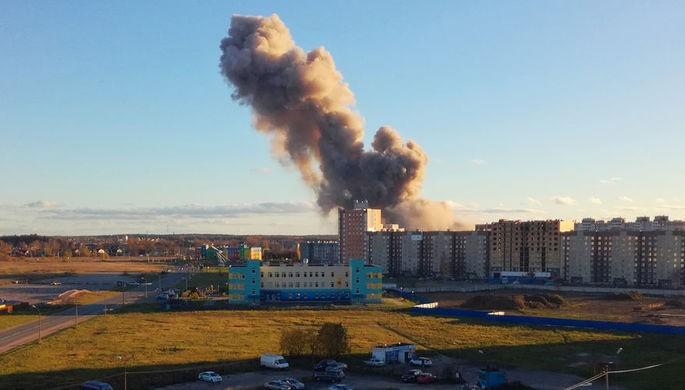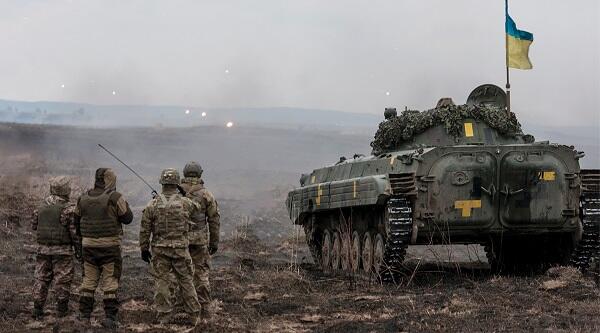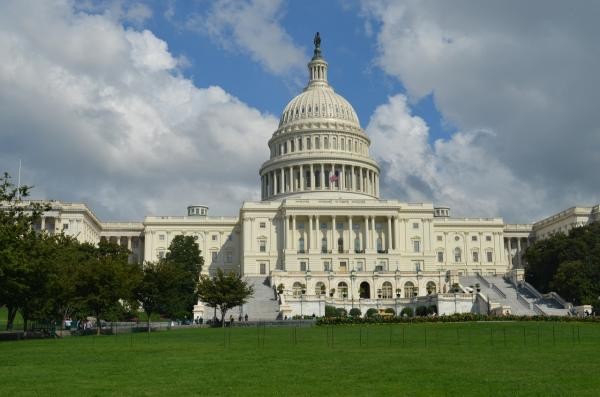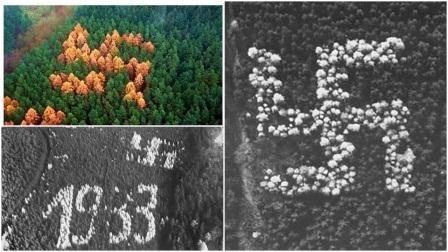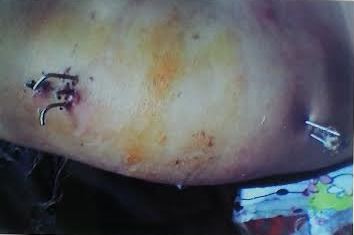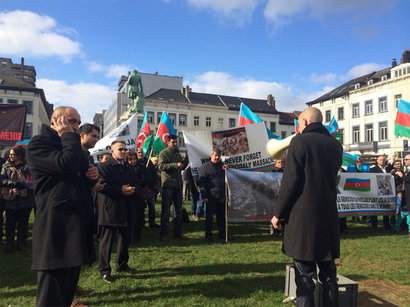It’s in the human nature to seek logic in everything,
but when a giant group of larches bloomed in a pine forest forming
a swastika sign, it’s hard to find any logical sense.Outside of the
northeast German town, Zernikov, a patch of larch trees cover 4,300
sq yds of the pine forest, carefully arranged to look like a
swastika sign.
For a few weeks every year in the autumn and in the spring, the
colour of the larch leaves would change, contrasting with the deep
green of the pine forest. The short duration of the effect,
combined with the fact that the image could only be discerned from
the air and the relative scarcity of privately owned airplanes in
the area, meant that the swastika went largely unnoticed after the
fall of the Nazi Party. During the subsequent Communist period,
Soviet authorities reportedly knew of its existence but made no
effort to remove it. However, in 1992, the reunified German
government ordered aerial surveys of all state-owned land. The
photographs were examined by forestry students, who immediately
noticed the design.
Local forester Klaus Göricke measured the trees themselves and
determined that they were in fact planted in the late 1930s, as
Hitler was coming to power. Which means every autumn the swastika
sign bloomed in the forest and disappeared in spring and summer,
for years, without being discovered.In the late 1970s, American
troops discovered a swastika along with the numbers "1933" planted
in a swastika style in a forest in Hesse. Who planted the trees is
unknown.
Action to were immediate. In 1995, forestry workers armed with
chainsaws made their way to the copse of larches and cut down 40
trees. They reported back to their supervisors that the symbol was
now unrecognizable, and the commotion surrounding the Kutzerower
Heath quickly subsided.
But the forestry workers were badly mistaken. It took five years
before their error was discovered, but in 2000, the news agency
Reuters published photos of a bright yellow and clearly visible
swastika in the forest near Zernikow — even if the edges were a bit
frayed. And the media response was once again immense. Even the
Chicago Tribune wrote about it, noting that the swastika forest was
not helpful for a region that had already become notorious for
racist violence.
In fact, officials started becoming increasingly worried that
the place could become a pilgrimage site for neo-Nazis. This
prompted the Agriculture Ministry of the eastern state of
Brandenburg to plan drastic measures. In 2000, Jens-Uwe Schade, a
ministry spokesman, told Reuters that the intention had been to cut
down all the trees in the area. But the BVVG, the federal office in
charge of property management, blocked the plan because ownership
of some of the property was in dispute and only gave the green
light for state forestry officials to cut down 25 of the trees.
This was done on the morning of Dec. 4, 2000. Forestry workers
had to be very careful about choosing which trees to cut down and
about making sure that the swastika was no longer visible. They
also had to cut the stumps just a few centimetres above the ground
so that they could no longer be viewed from the air.
Although, the prominent swastika in the Uckermark region
pictured above was eventually cut down in 2000. The Brandenburg
state authorities, concerned about damage to the region’s image and
the possibility that the area would become a pilgrimage site for
Nazi supporters, attempted to destroy the design by removing 43 of
the 100 larch trees in 1995. However, the figure remained
discernible with the remaining 57 trees as well as some trees which
had regrown, and in 2000 German tabloids published further aerial
photographs showing the prominence of the swastika. By this time,
ownership of around half the land on which the trees sat had been
sold into private hands, but permission was gained to fell a
further 25 trees on the government-owned area on December 1, 2000,
and the image was largely obscured.
















